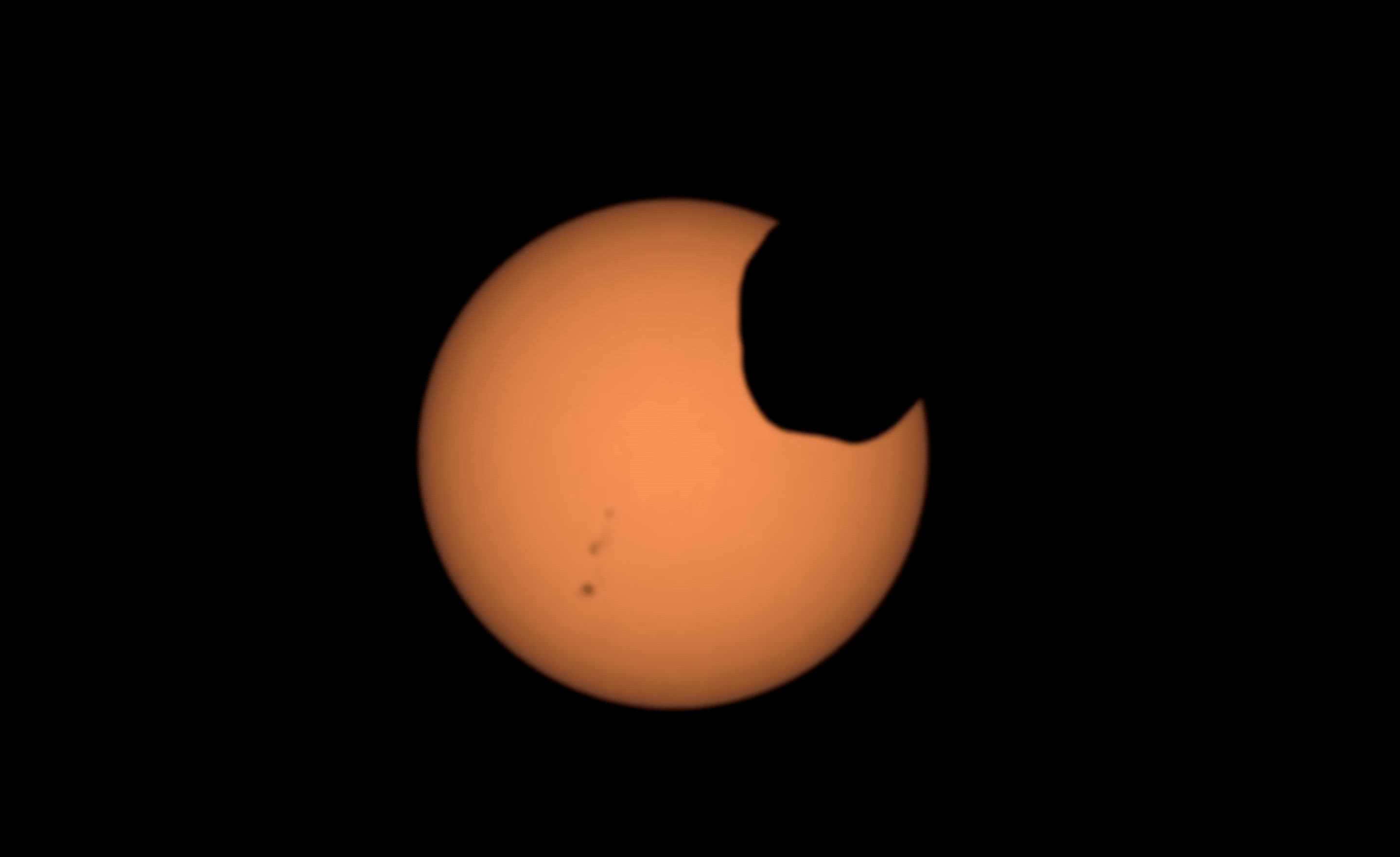When you buy through links on our internet site , we may earn an affiliate commission . Here ’s how it works .
Updated May 17 , 4:17 postmortem examination ET
The nextsolar eclipsewill grace the good afternoon and early eventide sky over much of the United States this Sunday ( May 20 ) , tender up a salient site for those lucky enough to see it .

On Jan. 4, 2011, the moon passed in front of the sun in a partial solar eclipse - as seen from parts of Earth. Here, the joint Japanese-American Hinode satellite captured the same breathtaking event from space. The unique view created what’s called an annular solar eclipse.
Asolar eclipseoccurs when the moonshine get directly between Earth and the sun . Sunday ’s event will be an partial solar occultation across most of the United States and Canada , and a more compellingannular solar eclipsefor a narrow-minded swath of residents in the West and Southwest . The sun sets before any of it will be visible from the East Coast , however .
During the ringed eclipse , the moon will be correspondent to a black dime in front of a lustrous penny , with a thin “ mob of fire ” — sunlight that pour around the synodic month .
Annular occultation come when the moonlight is at or near its farthest distance from Earth on it ’s non - circular celestial orbit . circinate eclipses can be dramatic , but because they ’re not full occultation , they must be viewed withproper base hit filters — looking at verbatim sun can damage your heart .

This NASA graphic of the United States depicts the path of the annular solar eclipse of 30 April 2025, when the moon will cover about 94 percent of the sun’s surface as seen from Earth.
" The pack of sun during annularity is blindingly bright , " cautionsNASA ’s leading eclipse expert Fred Espenak of the Goddard Space Flight Center . " Even though most of the Sun ’s disk will be covered , you still ask to utilize a solar filter or some case of acoustic projection technique . A # 14 welder ’s field glass is a in force option . There are also many commercially - uncommitted solar filter . "
The synodic month will halt up to 94 percent of sunlight for those directly under the narrow path .
The “ mob of fire ” will appear “ as thin as a basketball game hoop with a half - inch rim escort expression on from about 160 feet away , ” explains Joe Rao , skywatching editorialist for SPACE.com . The sky wo n’t turn dark but for a few minutes it will transform into a strange “ imitative gloam , ” Rao said .

The doughnut-shaped eclipse will be visible along a path roughly 150 to 186 miles wide ( 240 to 300 kilometre ) that include Redding , Calif. and heads southeast through central Nevada , southerly Utah , northern Arizona , Albuquerque , New Mexico , and the Texas Panhandle . ( NASA lists local time and circumstanceshere . )
masses along but outside the primary course of the annular occultation will see a fond solar eclipse , in which the lunar month appear to take a bite out of the sun . Again , do not look directly at the sunshine .
The partial eclipse will be seeable , weather condition permitting , in much of the United States and Canada .

The annular occultation will bevisible from 33 National Parks , including the Grand Canyon . It will also cast its shadow on SouthernChinaand Japan , including Tokyo , on Monday , local time .
More Info :
How and Where to See Sunday ’s EclipseDetailed information from SPACE.com .

NASA Eclipse Map with Exact Local Times and CircumstancesScroll to your placement , zoom in , then tap your townsfolk — information will toss off up .
How to Safely Photograph the ' Ring of Fire’Expert photography bakshis from pinhole cameras to solar filters .














